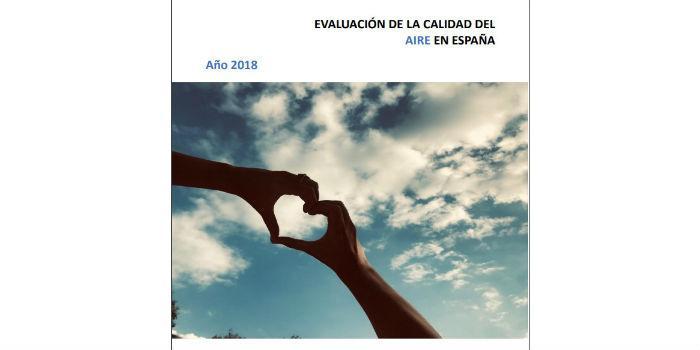 Spain. The Ministry for the Ecological Transition published an Assessment of Air Quality in Spain during 2018. The report concludes on slight improvements in some pollutants being significantly lower in some such as NO2, PM10 and O3.
Spain. The Ministry for the Ecological Transition published an Assessment of Air Quality in Spain during 2018. The report concludes on slight improvements in some pollutants being significantly lower in some such as NO2, PM10 and O3.
Below we present the main conclusions of the air quality assessment of the year 2018 in Spain, carried out from the data provided by the regional, local and national air quality networks:
With regard to sulphur dioxide (SO2), there has been no exceedance of the legislated values, which is the maintenance of the good results experienced in previous years.
The air quality situation with regard to nitrogen dioxide (NO2) improves compared to 2017, as the number of urban agglomerations that exceed the legislated values decreases. In 2018, the hourly limit value continues to be exceeded in the same area in which it already did in the previous year, and as for the annual limit value, exceedances were recorded in four zones, compared to seven the previous year. The exceedances occur in large cities, such as Madrid and surroundings (including the Corredor del Henares), Barcelona and surroundings, and Granada and its metropolitan area.
In relation to the concentration of particulate matter (PM10), the number of areas with exceedances has also decreased, both in terms of the annual limit value (the only exceedance that occurred in 2017 disappears) and the daily limit value (from five to one, in Villanueva del Arzobispo, which already exceeded the previous year), once the contributions of natural intrusions have been discounted.
The good situation with respect to the limit value (VL) established for PM2.5 particles is maintained, since there have been no exceedances (even before discounts).
The Average Indicator of EXPOSURE of PM2.5 (IME) in 2018, which assesses the average degree to which the population is exposed to PM2.5 particles, is calculated as a three-year average of the annual indicators of 2016, 2017 and 2018, and has a value of 11.9 μg/m³, compared to 12.7 μg/m3 in the previous year, and represents a reduction of 15.6 % compared to the 2011 reference EMI, which was 14.1 μg/m3. The national reduction target to be met in 2020 is 15% (compared to the 2011 EMI).
Tropospheric ozone (O3) continues to show high levels in suburban or rural areas in 2018, largely due to high insolation and emission levels of its precursors (mainly NOx and volatile organic compounds). The situation is very similar to that of previous years, although there is a small decrease in the number of areas that exceed the target value for health protection (from 36 to 35).
For lead (Pb), benzene (C6H6) and carbon monoxide (CO), the optimal air quality levels recorded in previous years since its official assessment began are maintained.
The improvement experienced since 2016 in terms of arsenic (As), cadmium (Cd), nickel (Ni) and benzo(a)pyrene (B(a)P) is also maintained, since in 2018 the exceedances registered in 2010 and 2015 (Cd) or in 2013 (B(a)P) are not repeated.
The full report can be viewed by clicking here.
Source: Ministry for ecological transition.














